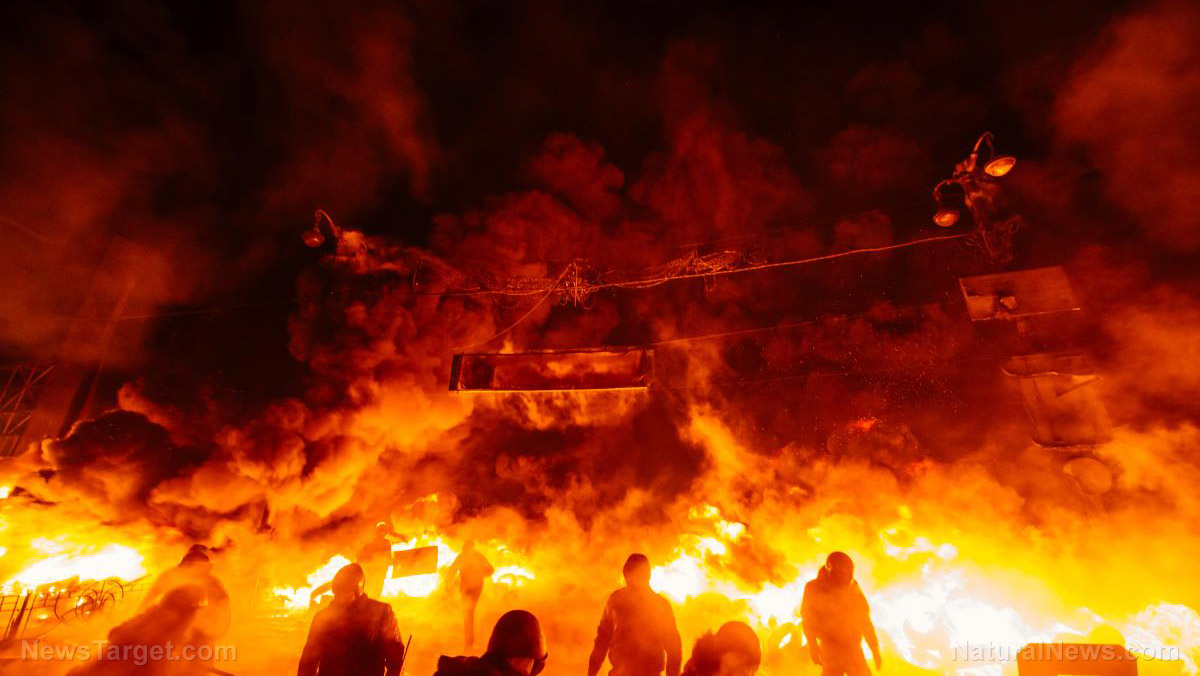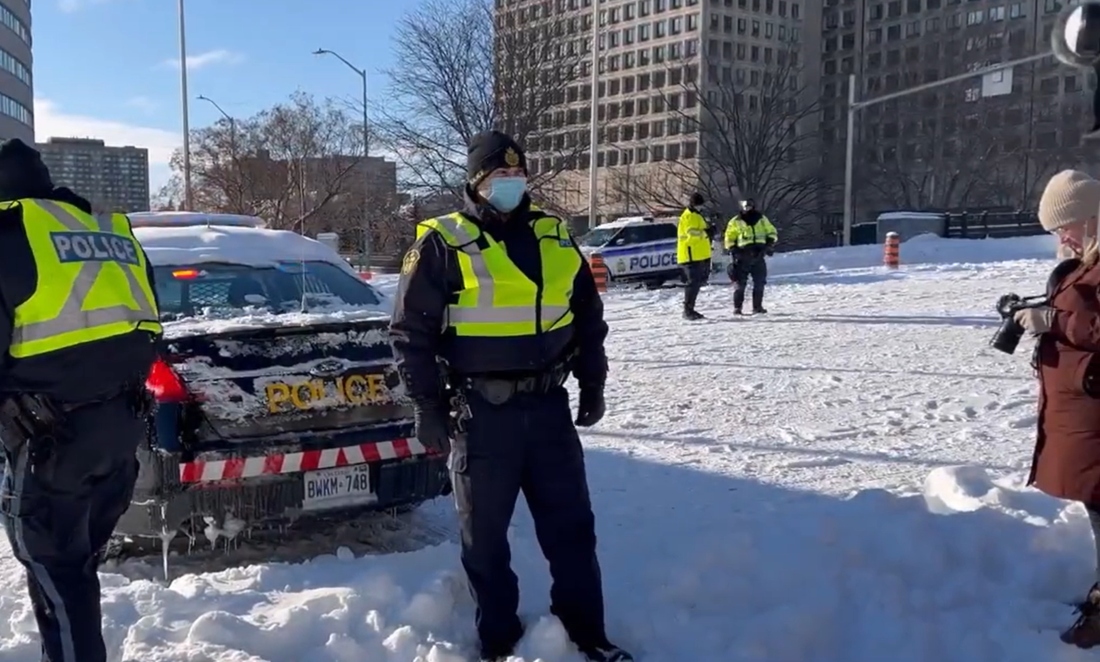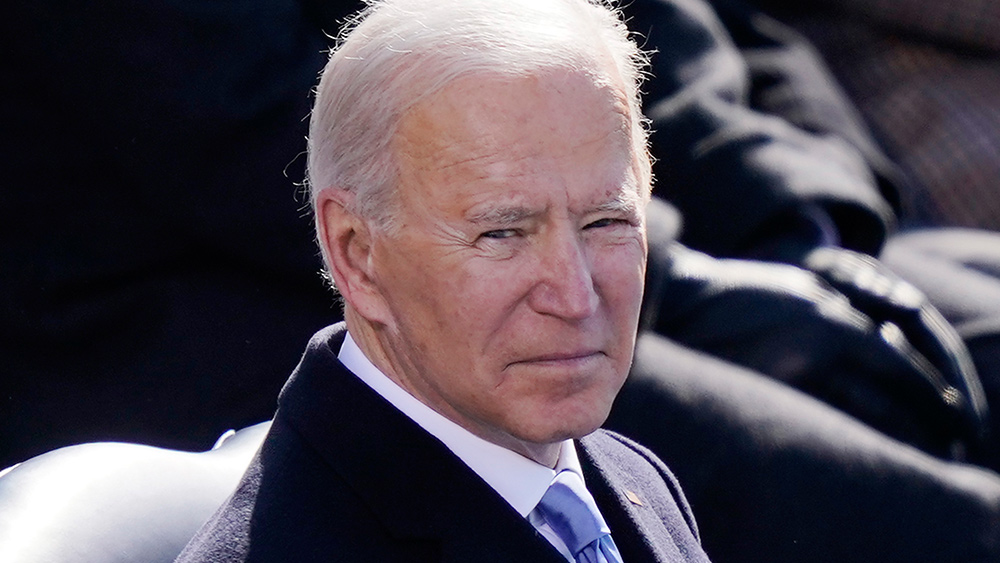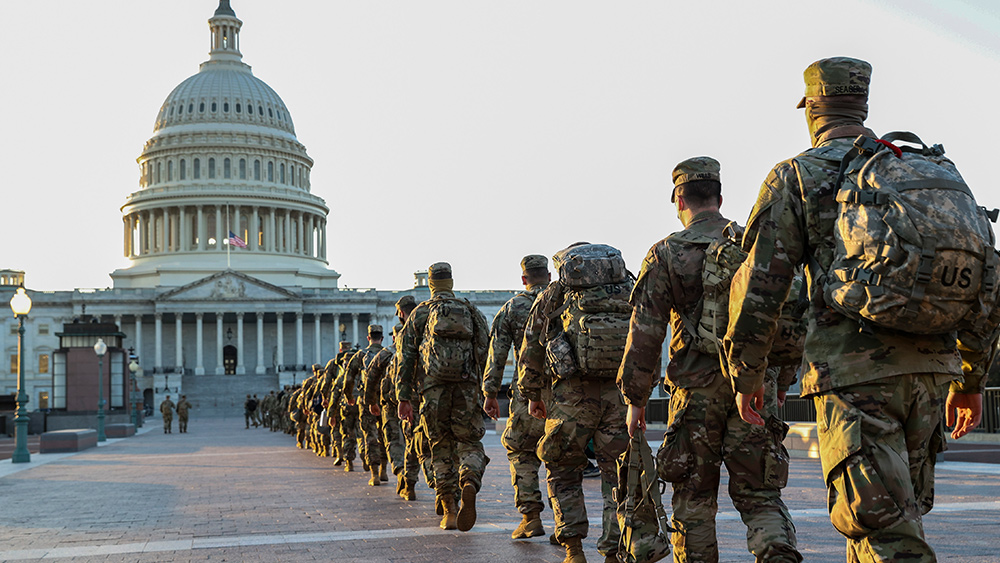Survival 101: What are your rights under martial law?
05/01/2020 / By Arsenio Toledo
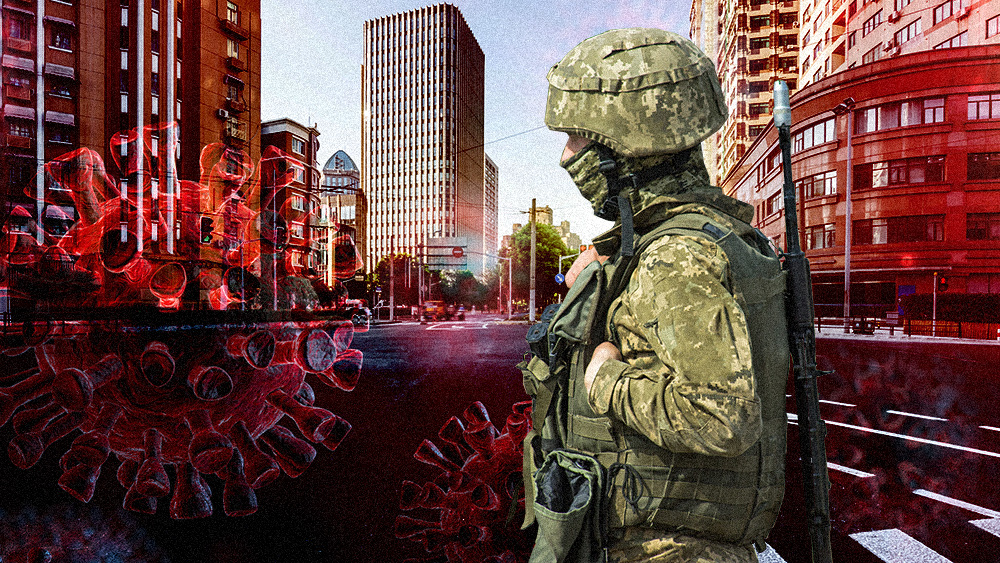
Martial law occurs when the military is given control and authority over the functions of civilian government. While the constitution itself doesn’t explicitly mention the term “martial law,” it is technically allowed by it, if imposed during “extreme circumstances.” With the threat of martial law looming, it may be a good idea to figure out what rights ordinary people have under military rule.
Civil rights under martial law
Unfortunately, under martial law, there’s a good chance that none of your civil rights will be respected. Under a declaration of martial law, the constitutional freedoms and liberties that Americans have are basically suspended.
One of the most important rights that you may lose is the writ of habeas corpus, which is the right to go to court to contest whether or not you were lawfully imprisoned.
This means that if government forces consider you a threat, you can, and most likely will, be arrested and held in jail for an indefinite period of time, ostensibly for the safety of the public.
Other major events that can happen when martial law is finally imposed include:
- The suspension of the constitution.
- The suspension of all civil rights enshrined in the Bill of Rights, including freedom of the speech, press, assembly, due process, trial by jury and the right to bear arms.
- Forced curfews, lockdowns and restrictions on travel.
- Members of the military and the national guard will begin acting as law enforcement personnel.
- Detention of individuals without cause.
- The widespread confiscation of firearms and ammunition.
- The confiscation of food and other supplies.
- Automatic search and seizures, even without warrants.
While there’s a chance that martial law may not happen, it’s still a good idea to be prepared. Starting now, purchase and hide as much food as you can in your home. Choose long-lasting food items such as freeze-dried foods and MREs. You should also learn how to preserve foods so that some of your perishables can last longer through methods like canning and smoking.
You should also consider where you live. Large, urban areas will most likely be the first targets of military forces. Small cities, towns and rural areas with only a handful of people living in them may not feel the brunt of martial law.
History of martial law in the U.S.
Martial law has been declared in the United States several times since the 19th century, albeit not on a federal level. Between 1857 and 1945, martial law was declared 70 times across the United States, usually by a state governor imposing it on a city, a county or several counties in response to civil unrest or to break up worker strikes. Martial law, in these instances, lasted anywhere from several days to several years.
The last time martial law was declared in the United States was in 1966, when governor of California Pat Brown declared martial law to suppress unrest in several neighborhoods of San Francisco.
While martial law is usually imposed by state actors, the federal government also has the ability to declare it. Most recently, the Territory of Hawaii (before it became a state) was put under martial law for most of World War II, with the U.S. Armed Forces controlling every single aspect of civilian life on the Pacific archipelago — from trash removal to criminal justice.
If unrest or violent riots were to break out across the United States, the president does have the power to deploy federal troops. While this may seem unlikely, there’s no telling what the future will bring, so it’s always a good idea to be prepared.
Sources include:
Submit a correction >>
Tagged Under:
Bill of Rights, civil liberties, civil rights, civil unrest, Constitution, disaster, freedom, government, gun confiscation, guns, habeas corpus, Liberty, martial law, military, preparedness, prepper, prepping, survival, survivalist, Tyranny, violence
This article may contain statements that reflect the opinion of the author
RECENT NEWS & ARTICLES
COPYRIGHT © 2017 MARTIAL LAW NEWS



